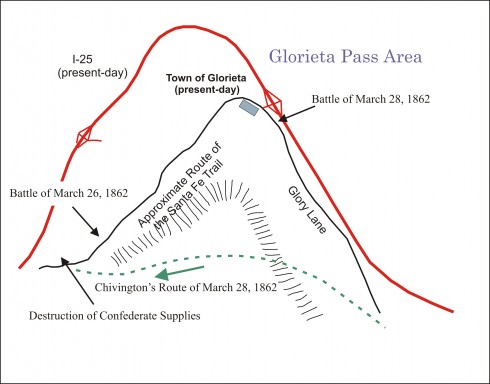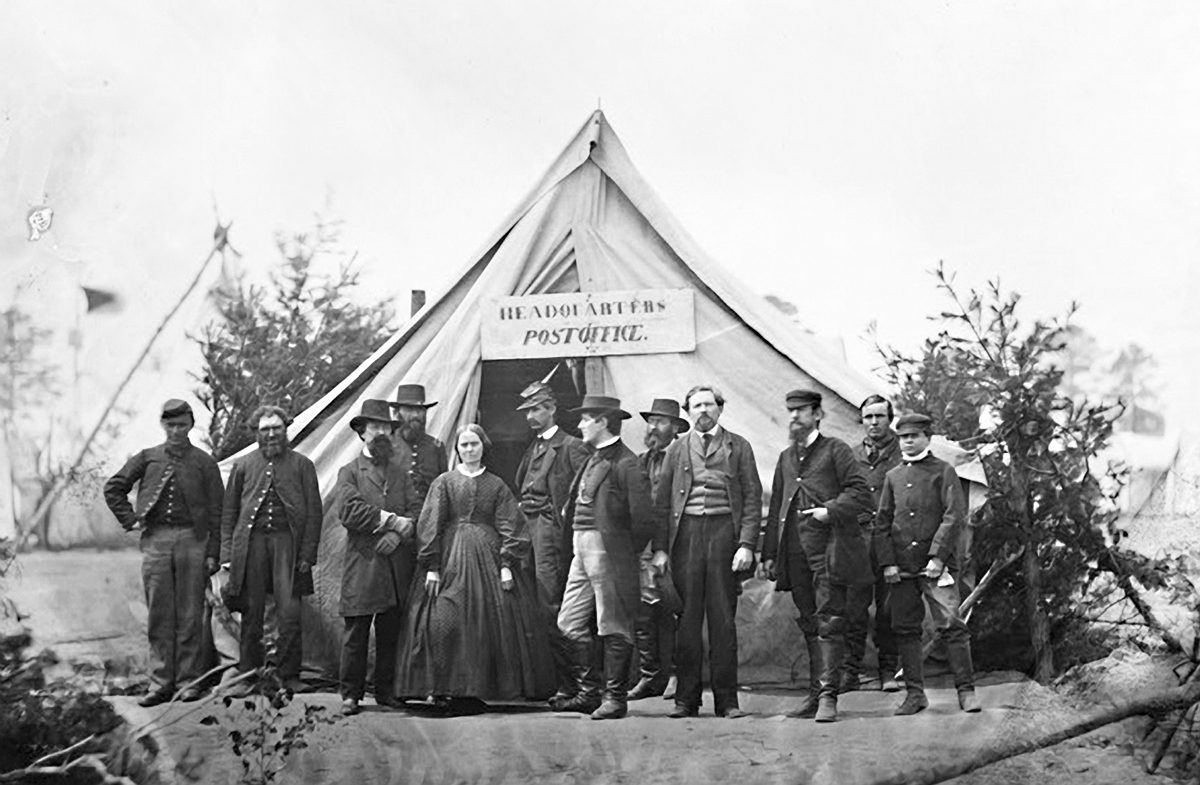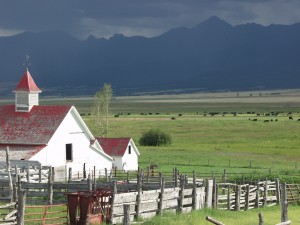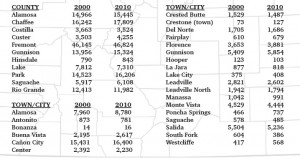By Kenneth Jessen
The Civil War started 150 years ago when Confederate forces attacked a United States military installation at Fort Sumter, South Carolina. It might seem distant to Colorado, but it had an indirect effect on the state’s development.

The year the Civil War started, 1861, was also the year Colorado became a territory under Governor William Gilpin. Gilpin had to contend with a few minor problems such as a Confederate flag raised over a general store on Larimer Street in what is now downtown Denver. Gilpin responded to a gathering of one hundred or more Southern sympathizers on Cherry Creek by arresting many of the insurgents.
Colorado’s position as part of the Union prompted Gilpin to put in place a militia called the Colorado Volunteers. An attempt was made to arm the militia, but as the purchasing agent was in competition with Confederate forces, was unsuccessful.
The most dramatic part of the conflict, termed “The Gettysburg of the West,” took place at Glorieta Pass in New Mexico. Confederate forces marched from Texas through New Mexico toward Colorado to capture the newly discovered gold fields to finance the war. These forces were composed of 300 Texans under Major Charles Pyron. In Colorado, Major John Chivington was ordered to lead 400 troops south into New Mexico to head off the invasion. Chivington’s men arrived at Glorieta Pass, New Mexico on March 26, 1862.
The Confederate and the Colorado forces met head on near the pass, and Chivington was forced to withdraw due to heavy artillery fire. He split his men and out-flanked the Confederates in a cross fire forcing Pyron and his men to retreat.
[InContentAdTwo]
Both sides regrouped the second day, and on March 28, the ranks of the Confederates swelled to 1,100 with reinforcements. Chivington was also reinforced with the arrival of 900 men under the command of Colonel John Slough. Lines were formed at the pass, and at the end of the day, the Confederates withdrew thinking that they had won. During the battle, Chivington’s men outflanked the Confederates and discovered their supply wagons. Chivington burned the wagons and killed the draft animals leaving the Confederates without the support necessary to continue the battle. The Confederates marched back to Texas while Chivington was regarded by Coloradoans as the hero of the Battle of Glorieta Pass.

In 1864, he led troops to attack lightly armed Indians at Sand Creek. About 160 or so Cheyenne and Arapaho, mostly women and children, were gunned down. Some were shot at close range, and soldiers were allowed to mutilate the bodies. At first, Chivington was regarded as a hero, and a parade was given in downtown Denver. As a reflection of the attitude at the time, many considered the native people as a hindrance to the state’s development. As the truth of the matter surfaced thanks to eye witnesses, Chivington’s career ended in disgrace. He became known as “The Hero of Glorieta Pass and the Butcher of Sand Creek.”
The Civil War ended in April, 1865 with the surrender of Confederate forces at Appomattox. Displaced Southerners along with former Union and Confederate soldiers were attracted by the prospects of quick riches in Colorado’s gold fields. Towns in Colorado ended up with many drifters with little to lose, no homes, and as a result, crime increased. On the positive side, veteran officers who fought in the Civil War became Colorado’s new face of law enforcement.
Kenneth Jessen has 19 books to his credit and is introducing “Colorado’s Best Ghost Towns” this coming summer. His latest book is “Estes Park Beginnings”, a pictorial covering the earliest photographs taken in the Estes Park Valley including a sequence of photographs on how the town got started.


